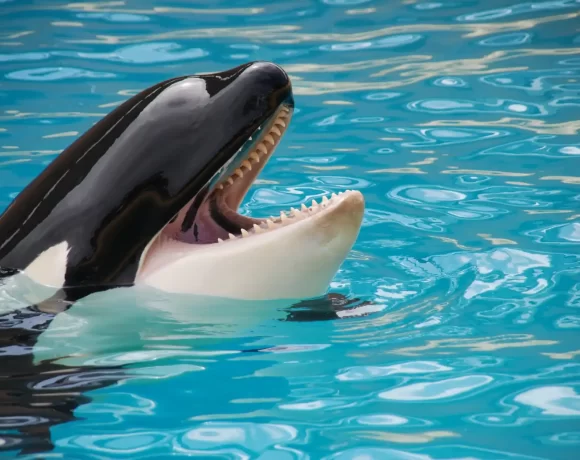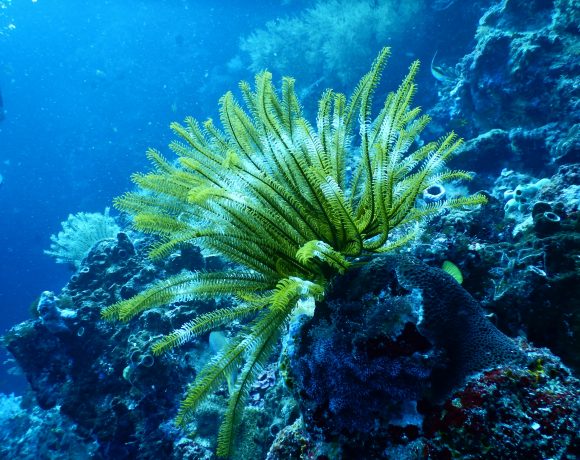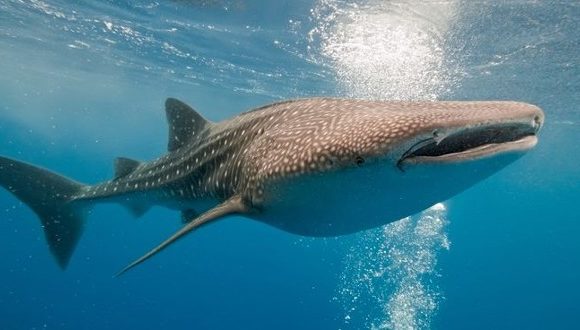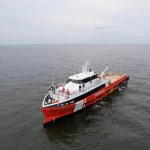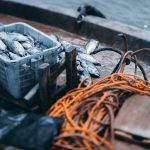Recent Calf Sightings Could Mean Improved Recovery of Whale Population
In 2018, no whale calves were spotted in their breeding ground off the Florida and Georgia coasts. It wasn’t until the end of December when the first calf was spotted and a total of 7 more were seen afterward.
Since then, more North Atlantic right whale calves were seen off the coast of New England, raising hope that the critically endangered species will not fall into complete extinction.
The plight of whales
If not for a moratorium on commercial whaling, whales would have been hunted down to extinction. Although they’re protected under the Endangered Species Act, their population remains low.
There are only an estimated 420 whales left today. If further action is not taken, scientists believed they will become functionally extinct by 2040.
Off the coast of Canada and the US, 20 deaths have been recorded since the summer of 2017. Since there have been fewer births over the years, the whale population is struggling to recover.
Whales continue to face a range of threats
Pollution and energy exploration contribute to damaged habitat.
Climate change reduces the production of krill, which is the whales’ primary food source. This also affects migration patterns.
But two of the biggest threats to their survival are ship strikes and entanglements in fishing gear.
During its annual migration, the North Atlantic right whales travel from coastal Atlantic Canada and New England, their northern feeding grounds, and to South Carolina, Georgia and Florida, their calving grounds, and then back.
Along the way, whales encounter plenty of fishing ropes hanging vertically, connecting gillnet gear and trap/pot to surface buoys.
Because they pass by some of the world’s busiest shipping lanes, they collide with ships, resulting in gruesome injuries.
They’re vulnerable to other dangers brought on by human activity as well.
Hope for the whale population
The Center for Coastal Studies recently saw mother and calf pairs off the coast of Massachusetts, the place where they head to each spring as they journey north to the waters of Canada. This brings the total of sightings in New England waters to three in 2019.
The director of the Right Whale Ecology Program at the Center for Coastal Studies, Charles “Stormy” Mayo, calls it a good sign that the calves managed to survive a perilous journey just to reach Cape Cod Bay, a protected nursery ground. Their relationship with their mother has been established, helping ensure their survival.
How long before the whale population becomes non-extinct?
Research scientist Philip Hamilton of the New England Aquarium’s Anderson Cabot Center for Ocean Life explains that “an average calf count of 17 each year” is needed to build the whale population. While the recent sightings are better than last year, “we’re not out of the woods yet,” he added.
As a way to reduce the risk of entanglements and ship strikes on North Atlantic right whales, Canada has closed six fisheries—snow crab, lobster, rock crab, whelk, Atlantic halibut, and winter flounder fisheries.
Defenders of Wildlife is also building support to have the SAVE Right Whales Act enacted, which will provide funding that will be used to develop technologies to help protect whales from ship strikes and entanglements with fishing ropes.

